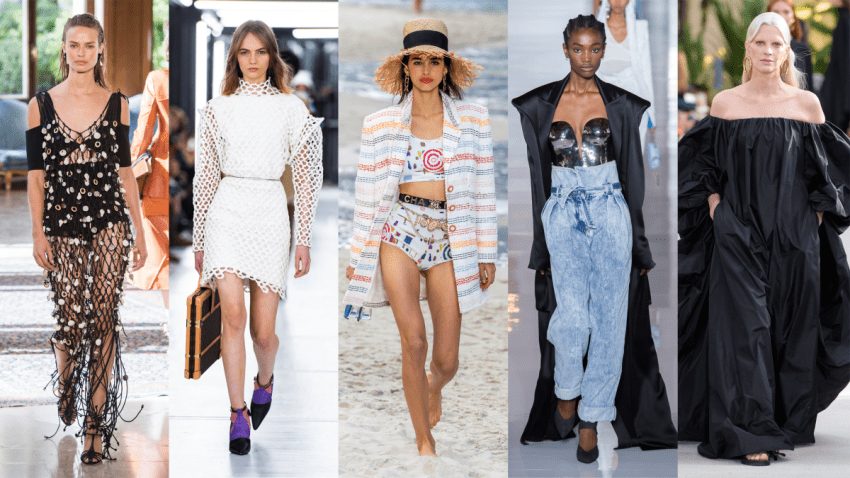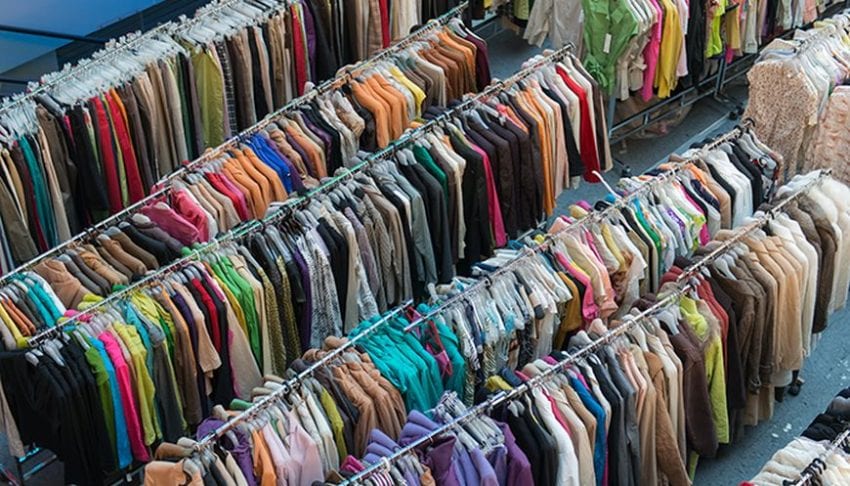Keeping Trendy
Fashion trends transition over time, but there’s this interesting feature of them: they tend to be historically echoed. That is to say: trends of yesteryear resurrect themselves given time. If you don’t believe that, just look at the beards of hipsters, and the fedoras they wear. Modernity has become a hodgepodge of history, though certain trends tend to manifest.

Society essentially follows this model: an extreme, colorful, out-of-the-box type of style predominates for a while, and is replaced by something with a more sensible, conservative element. Part of what drives this cycle are the buyers themselves. People transcend their younger selves with experience. What was once hated becomes embraced.
Accordingly, you can expect the youth to generally have a certain level of extremity defining their stylistic choices. Those who are more mature will have a greater sensibility of dress define their purchasing proclivities. There are always fringe outliers, but you can’t base your fashion business solely around them. A wiser choice is following statistical majorities.
Doing Your “Homework”

You’ll need to conduct research into that which is presently trending, that which is always trending, and that which may be seasonal. Certain trends tend to manifest and disappear based on the time of year, like red dresses around Christmas. Meanwhile, other trends tend to be sporadic and specific. Wedding dresses are needed year round, but generally, they’ve got similar design.
For example, look at this one from Azazie. There is a certain aesthetic quality to any wedding dress which stylistically differentiates it from other formal dresses. Certainly, a bride need not necessarily get married in white color—but you can still tell a non-white dress may be a wedding dress. The ornateness and thought behind the garment is a big part of its specialty, as is its aesthetic effect.
Technological Possibilities

If you’re running a fashion business, you’ll want mainstream trends, seasonal trends, and sporadic trends locked down in terms of the provisions you offer. It can additionally be valuable to try breaking new ground. The two primary categories of clothing you’ll want to consider are those that are more “conservative”, and those that are more “liberated”.
The functionality will be a quotient of either, but look and aesthetic appeal will also be driving forces behind that which clientele are driven to buy. Accordingly, you may want to use cloud design apps to organize and manage software you can use to put together new fashion arrangements digitally.
Technology is a great shortcut for many things, not least of which fashion design. Coupled with a 3D printer, you could go from concept to prototype in the same afternoon if you so desired. Of course, such a step is exceptionally advanced and may be more costly than your present fashion budget allows, but thinking about the future is a wise thing to in fashion.
One thing you’ll want to do is supplement sales with options that are known to retain popularity perpetually. People always need undergarments. They always need swimwear. They always need gloves, hats, scarves, and coats. Basic, conservative, functional wear is always going to have a need. Where there’s demand, profit is attainable.

Finding Balance
The key to anything is finding balance, and it’s not different with fashion. Too much technology can be bad for your mental health, even though the internet is a repository of knowledge, and knowledge is power. Too much “formal” wear and no one will be interested in what you sell. Too much “experimental” fashion, and you won’t build a core clientele. Balance is key.
The fashion industry is a roiling strange fantasia of expression and intrigue, but at its core is this: success comes from the development of products people like, and want.









